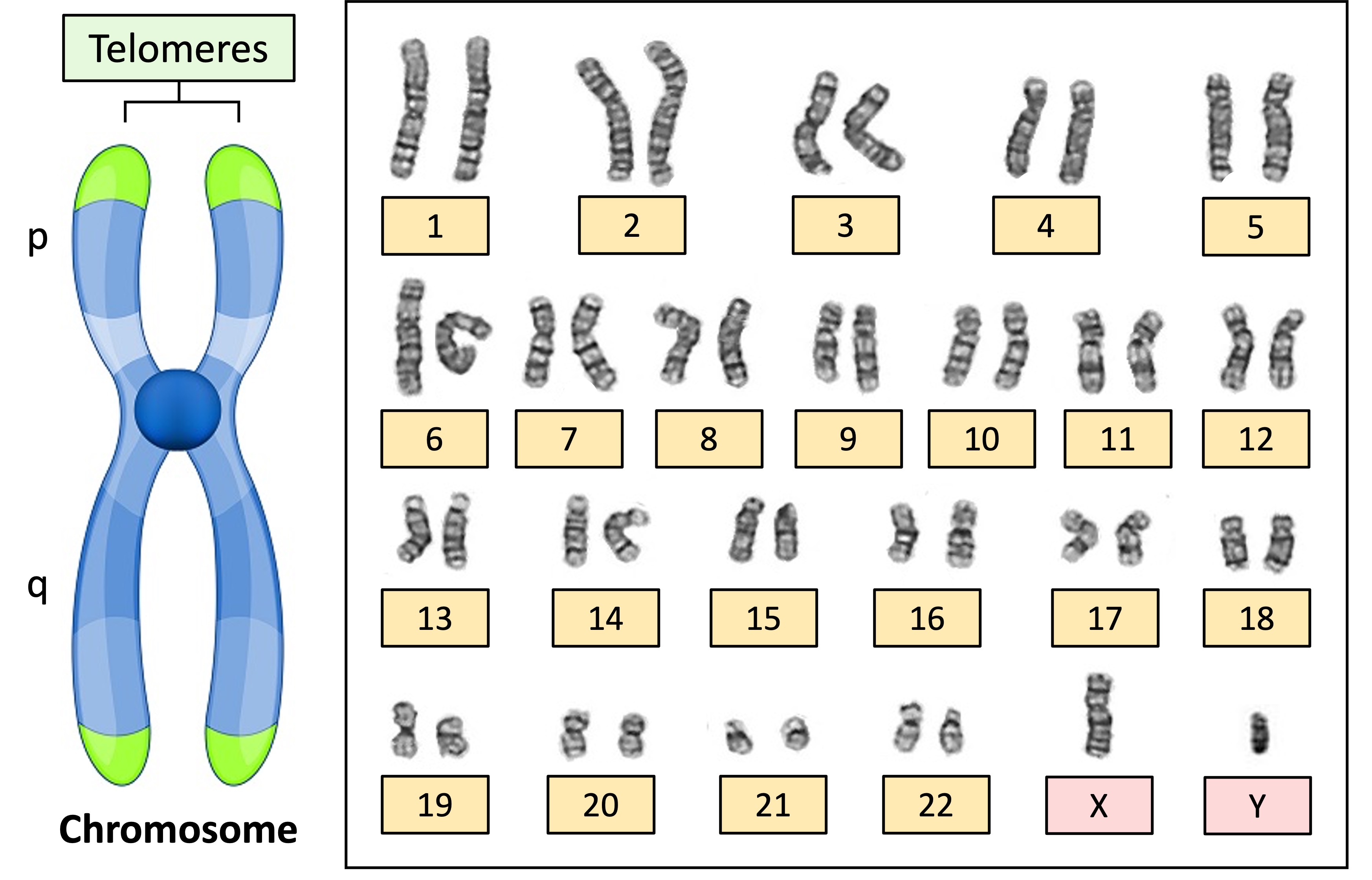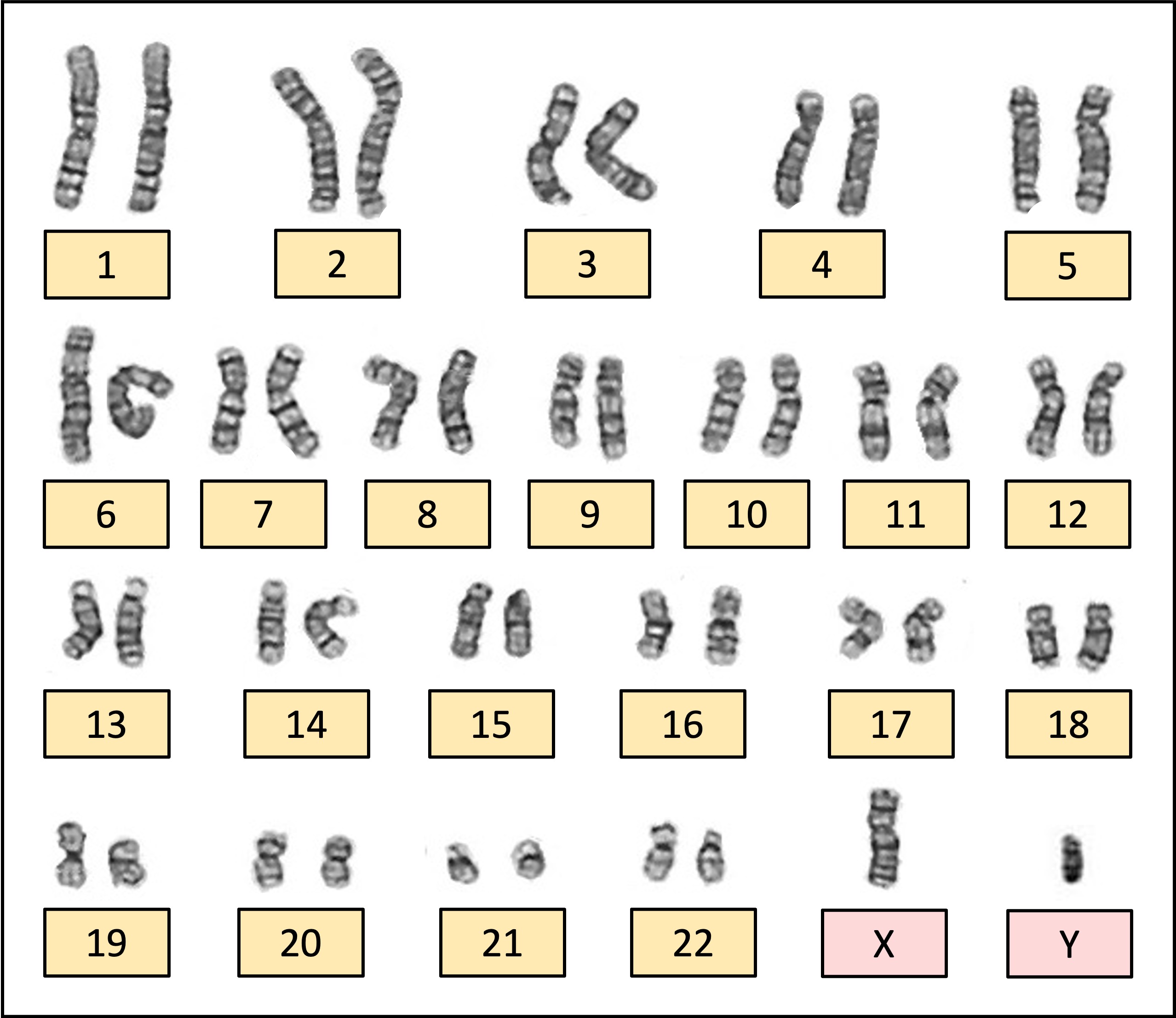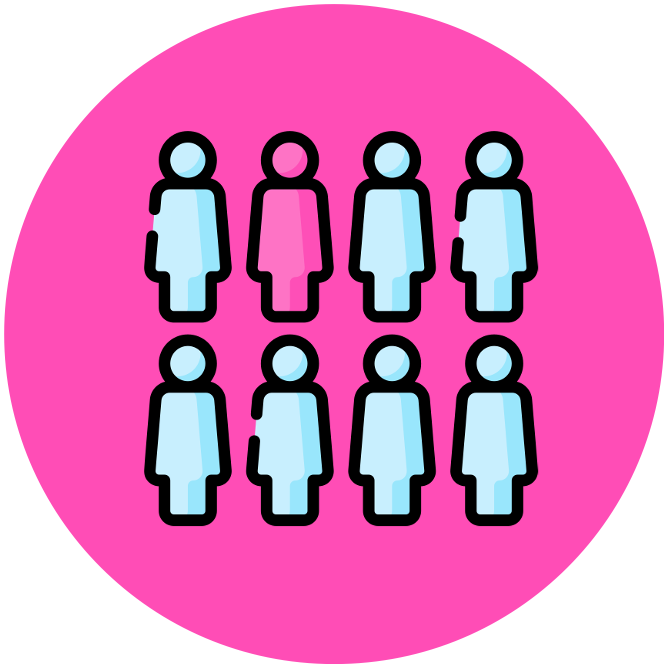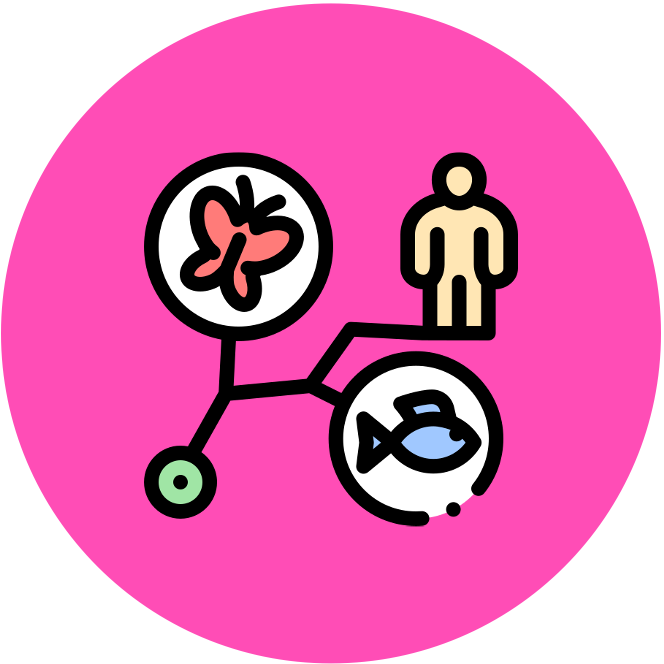

Karyograms
In order for members of a species to interbreed, they must have compatible genetic profiles
-
The genetic information of each parent must be organised onto the same number of chromosomes, with comparable sizes and gene loci positions
-
Organisms with different diploid numbers are unlikely to be able to interbreed as the chromosomes cannot form homologous pairs
Chromosome number is a characteristic feature of members of a particular species and can be used to deduce evolutionary relationships
-
Humans have 46 chromosomes while chimpanzees have 48 chromosomes – indicating that they are different species
-
However, the two species share a common ancestor and it is hypothesised that chromosome 2 in humans arose from the fusion of chromosomes 12 and 13 in the primate ancestor
Comparing chromosomes in humans and modern chimpanzees provides evidence that supports the hypothesis of a past chromosomal fusion event:
-
The combined length of chromosomes 12 and 13 in chimpanzees match the length of human chromosome 2
-
The centromere location of human chromosome 2 matches that of chimpanzee chromosome 12
-
The banding of the arms of human chromosome 2 matches the long arms of chimpanzee chromosomes 12 and 13
-
Human chromosome 2 contains telomeric DNA in position where fusion of chromosomes 12 and 13 would have occurred
-
Human chromosome 2 also contains non-coding DNA in the position that would correspond to the centromere location of a fused chromosome 13
Chromosome Comparisons
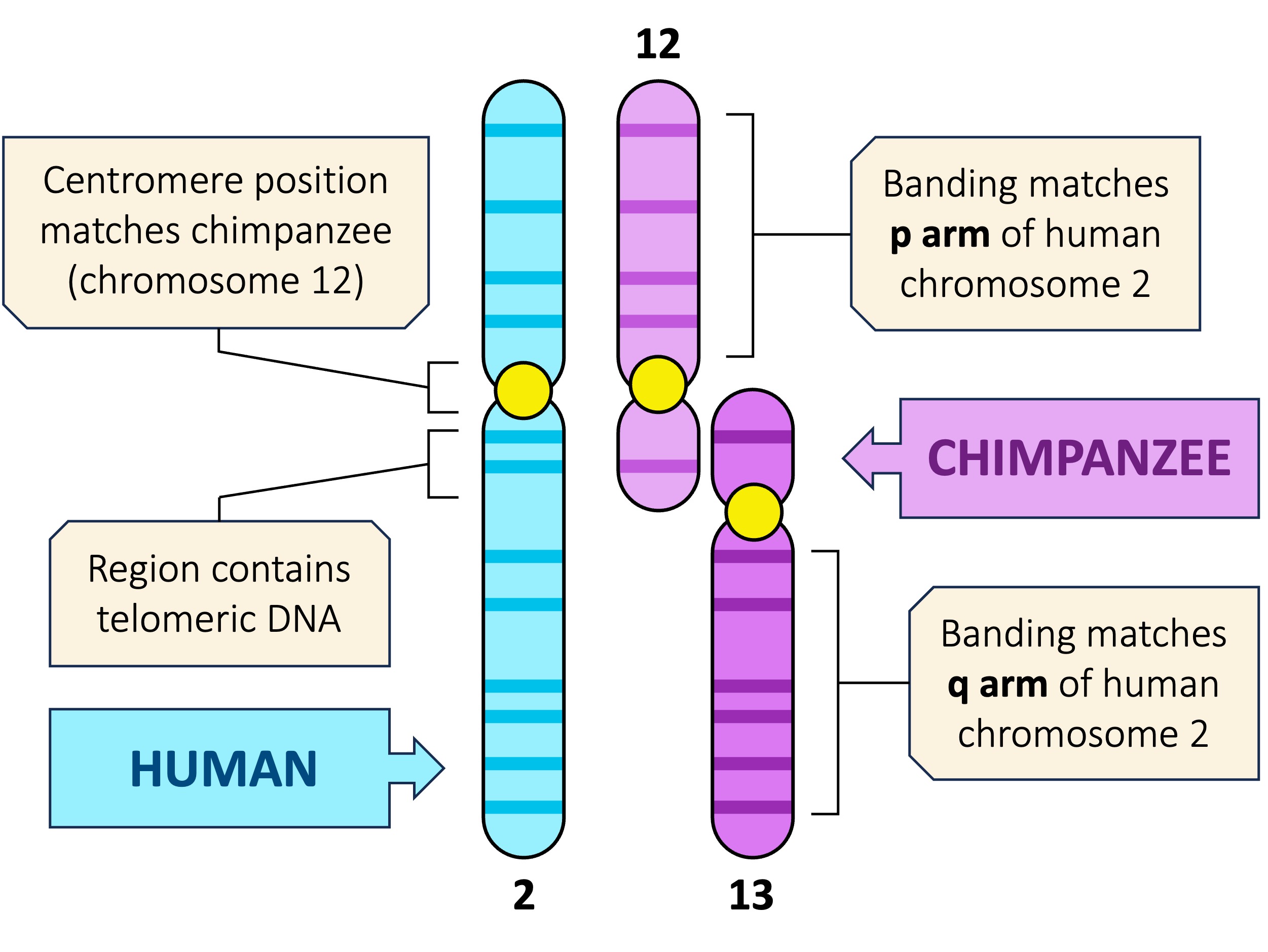
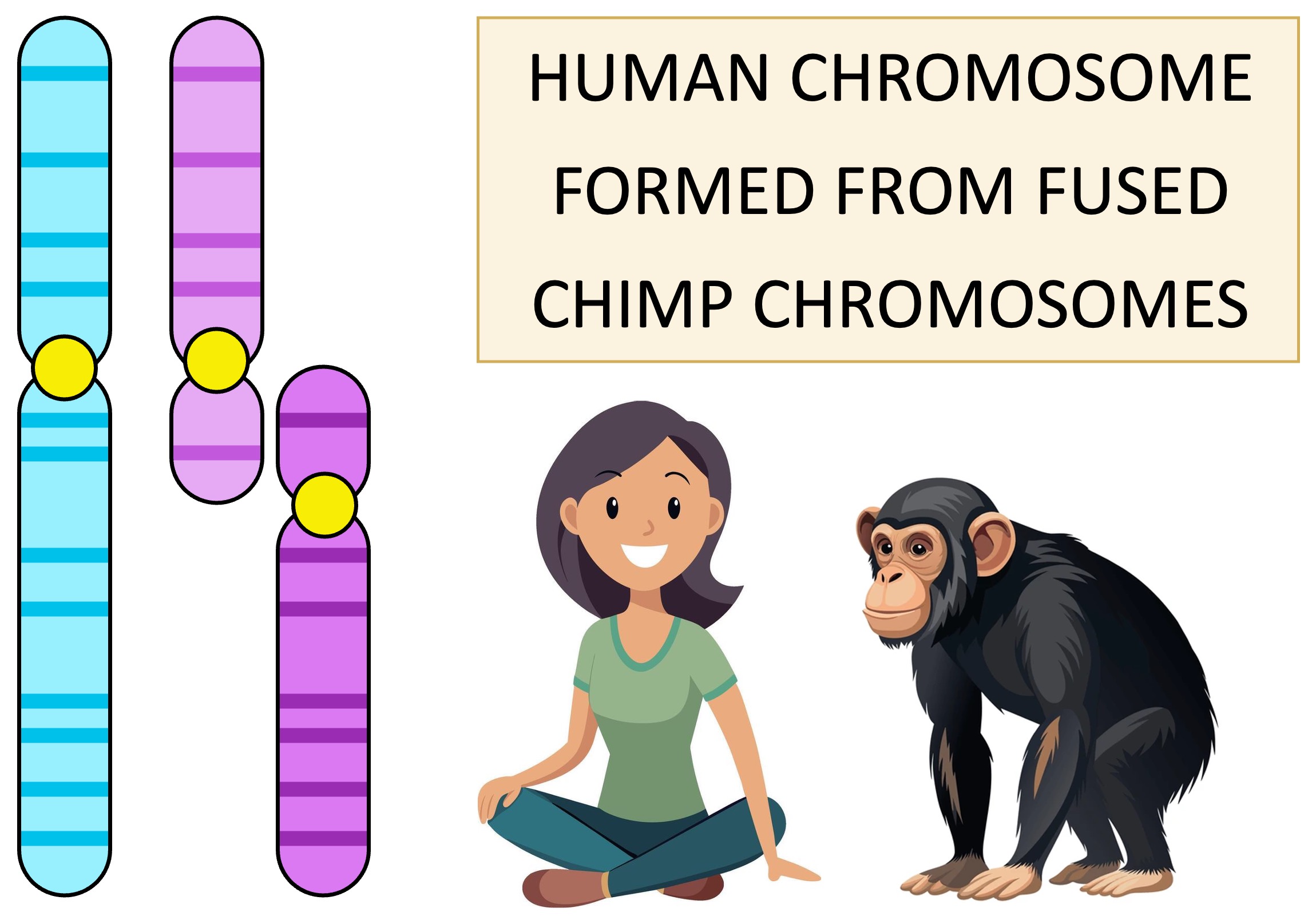
Karyograms
Karyotyping is the process of pairing and ordering the complete set of chromosomes within a cell to provide a snapshot of an organism’s genetic profile
-
The chromosomes can then be photographed to generate a visual representation called a karyogram
Karyotyping requires the use of chemical inhibitors to arrest a cell during division while the chromosomes are condensed
-
The timing at which the cell is arrested will determine whether chromosomes appear with sister chromatids or not (i.e. pre- vs post-anaphase)
The chromosomes are organised in homologous pairs according to size (largest to smallest) and centromere position (metacentric vs acrocentric)
-
The chromosomes may be stained in order to generate distinctive banding patterns for further delineation
Karyotyping can be used to determine three key things:
-
The type of species (chromosome number is a characteristic feature of a species)
-
The sex of the organisms (in humans, males are XY and females are XX)
-
The presence of any chromosomal abnormalities (e.g. translocations or aneuploidies)
Human Male Karyogram
